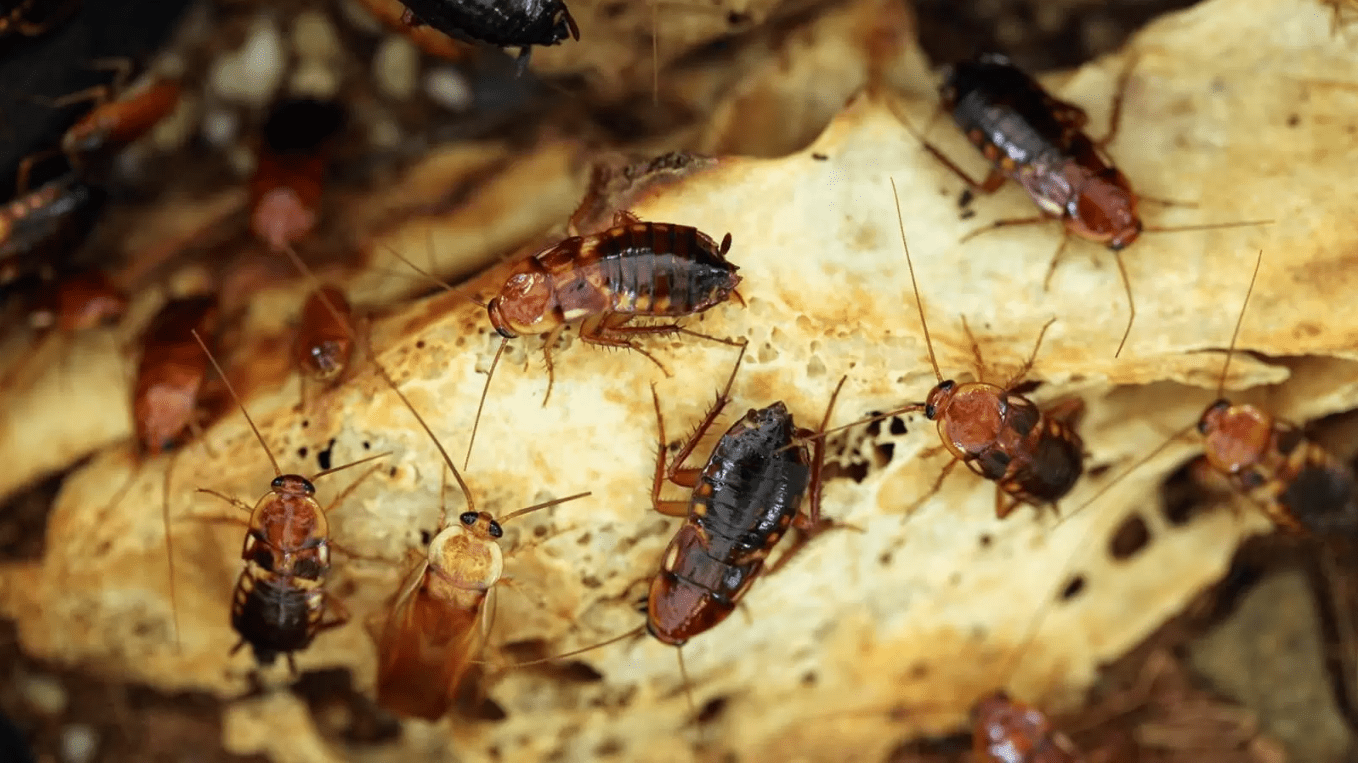
Hidden Dangers: How Pests Threaten Your Health
Table of Contents
Introduction
In the quest for a healthy living environment, it’s essential to consider factors beyond cleanliness and hygiene. One often overlooked aspect is how pests threaten your health. This article delves into the various health hazards associated with certain pests and emphasizes the crucial role of pest control in maintaining a healthy living space.
How Pests Threaten Your Health
Respiratory Issues Caused by Cockroaches

Cockroaches, seemingly harmless insects, can pose significant health risks. They are known to trigger allergies and asthma, especially in children. Cockroach droppings and shed skin contain proteins that, when airborne, can exacerbate respiratory conditions. Efficient pest control is paramount in mitigating these risks.
According to the World Health Organization (WHO), cockroach allergens are a major contributor to indoor asthma.
Disease Vectors: The Role of Mosquitoes and Ticks

Mosquitoes and ticks are not just annoying; they are vectors for various diseases. Mosquitoes can transmit deadly illnesses such as malaria, dengue, and West Nile virus. Ticks are known carriers of Lyme disease. Regular pest control measures, including mosquito nets and yard treatments, are crucial in preventing these diseases.
The Centers for Disease Control and Prevention (CDC) states that diseases from mosquitoes, ticks, and fleas have tripled in the U.S. in recent years.
Rodents and the Spread of Hantavirus
Rodents, such as mice and rats, can introduce Hantavirus into homes through their urine and droppings. Inhalation of particles contaminated with the virus can lead to Hantavirus Pulmonary Syndrome (HPS), a severe respiratory disease. Effective rodent control measures are essential for preventing Hantavirus transmission.
The incubation period for Hantavirus infection is typically 1 to 5 weeks after exposure.
The Importance of Pest Control
Protecting Your Family from Allergens
Pest control plays a pivotal role in safeguarding your family from allergens that pests bring into your home. Regular inspections and treatments can significantly reduce the presence of allergens, providing relief for individuals with respiratory conditions such as asthma.
Preventing Vector-Borne Diseases
Controlling mosquitoes and ticks through professional pest control services and preventive measures like eliminating standing water can effectively reduce the risk of vector-borne diseases. This is especially crucial in regions where such diseases are prevalent.
The WHO emphasizes that vector control is a key component in preventing the transmission of vector-borne diseases.
Minimizing the Risk of Structural Damage
Certain pests, like termites, can cause structural damage to homes. Beyond the physical harm, this damage can lead to mold growth, posing additional health risks. Regular pest inspections and treatments are essential for preventing structural issues that compromise the integrity of your living space.
Implementing Effective Pest Control
Professional Pest Control Services
Engaging professional pest control services is a proactive step towards maintaining a pest-free environment. These experts have the knowledge and tools to identify, treat, and prevent pest infestations effectively.
Integrated Pest Management (IPM) is an approach that combines biological, cultural, and chemical methods to manage pests effectively with minimal environmental impact.
DIY Pest Control Tips
In addition to professional services, there are several DIY pest control tips that homeowners can implement. This includes sealing entry points and proper waste disposal.
Educating Yourself on Pest Behavior
Understanding the behavior of common pests in your region is key to effective pest control. By learning about their habits and preferences, you can take targeted measures to prevent infestations.
Conclusion
A pest-free home is not just a matter of comfort; it’s a fundamental aspect of maintaining good health. The health risks associated with pests are varied and often underestimated. By prioritizing pest control measures, you not only protect your family from potential health hazards but also contribute to a safer and healthier community. Don’t let pests threaten your health – take action today for a healthier tomorrow.


